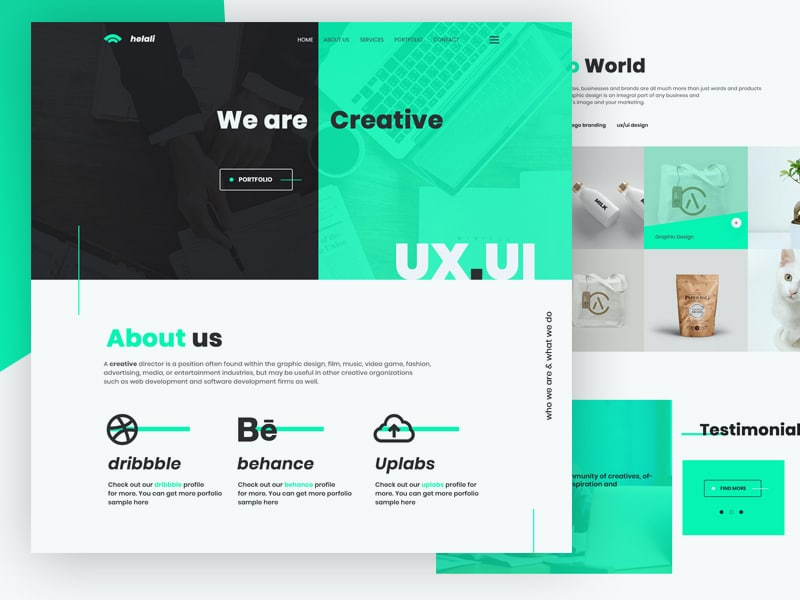Pioneering
Creative
Excellence
NEXTIFY

In today’s fast-paced digital world, web development is no longer just about building websites — it's about crafting seamless digital experiences. As we look ahead to 2025, it's clear that the web development landscape is undergoing a major transformation. Emerging technologies, shifting user expectations, and evolving development methodologies are shaping the future of how we build and interact with the web.
1. The Rise of Artificial Intelligence and Automation
AI and machine learning are becoming integral to the web development process. From chatbots that enhance customer service to AI-driven personalization engines that adapt content based on user behavior, these technologies are streamlining the way we interact with digital platforms. Developers are now incorporating intelligent automation into websites to boost engagement and reduce friction across the user journey.
2. Progressive Web Apps (PWAs) Continue to Dominate
PWAs offer a hybrid experience between web and mobile applications. They are fast, reliable, and can work offline — providing a native-app-like experience without the need for an app store download. In 2025, PWAs will become a standard in industries that prioritize performance and user retention, from eCommerce to media platforms.
3. Voice Search Optimization and Conversational Interfaces
With the rise of voice assistants like Alexa, Siri, and Google Assistant, optimizing websites for voice search is more crucial than ever. Conversational UI design is gaining traction, allowing users to interact with websites using natural language. This shift not only changes how we code but also how we think about accessibility and user flow.
4. API-First Development and Headless CMS
The API-first approach is revolutionizing how developers build scalable web solutions. Paired with headless CMS platforms, this strategy allows for greater flexibility in content delivery across multiple devices and platforms — from websites to mobile apps to IoT interfaces.

As more sensitive data is shared online, security is no longer optional — it's fundamental. Developers in 2025 are prioritizing secure coding practices, using HTTPS, adopting strict content security policies, and implementing multi-factor authentication systems to protect users and organizations from cyber threats.
Green hosting, energy-efficient coding practices, and minimalist design are becoming key concerns. Websites are being built to consume fewer server resources, load faster, and be more environmentally conscious — responding to the growing demand for sustainable digital products.
In conclusion, the future of web development is dynamic, intelligent, and deeply user-centric. Developers and businesses that embrace these trends will not only stay ahead of the curve but also deliver more value to their audiences. 2025 will be the year where innovation meets usability, and the boundaries between digital experiences continue to blur.

